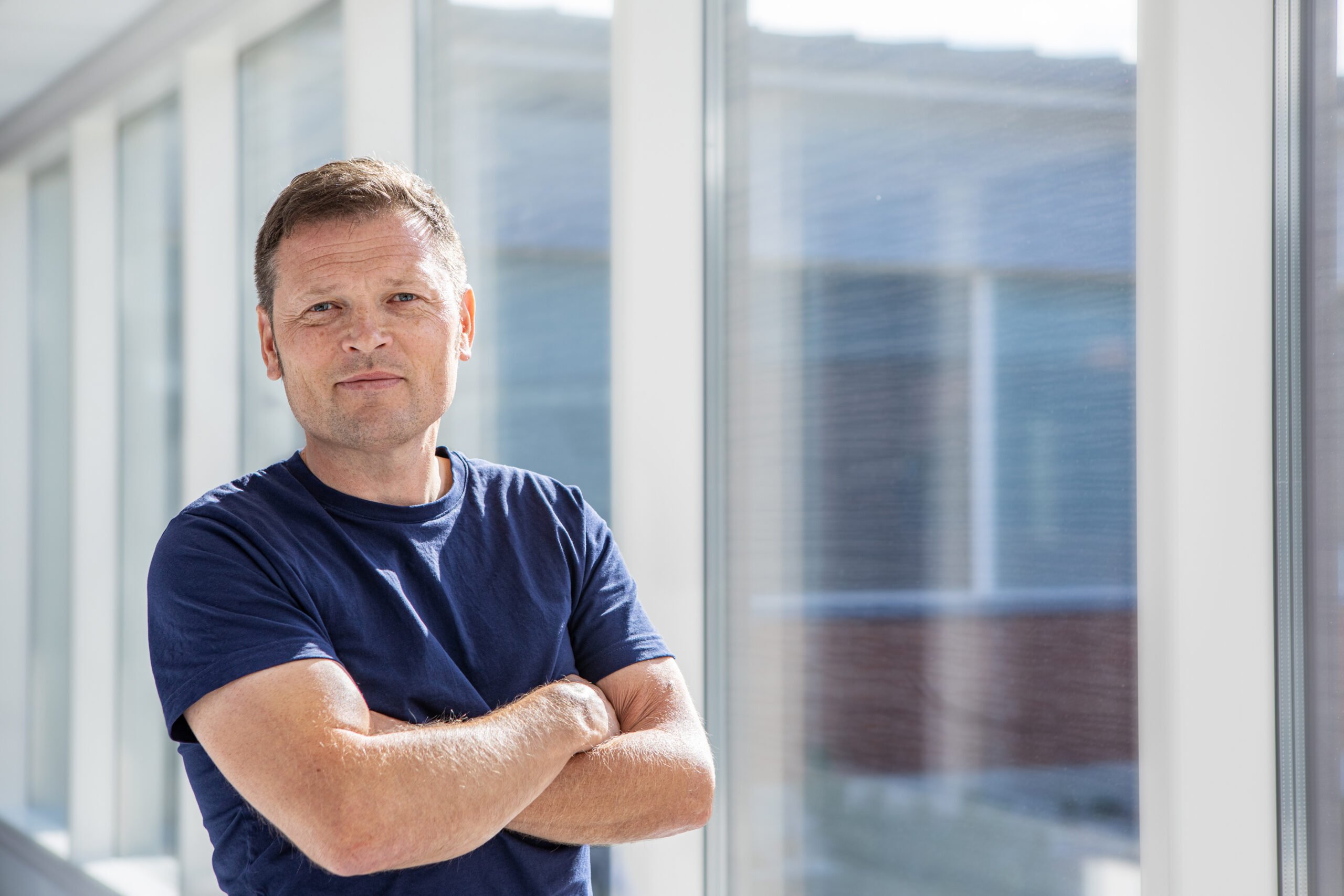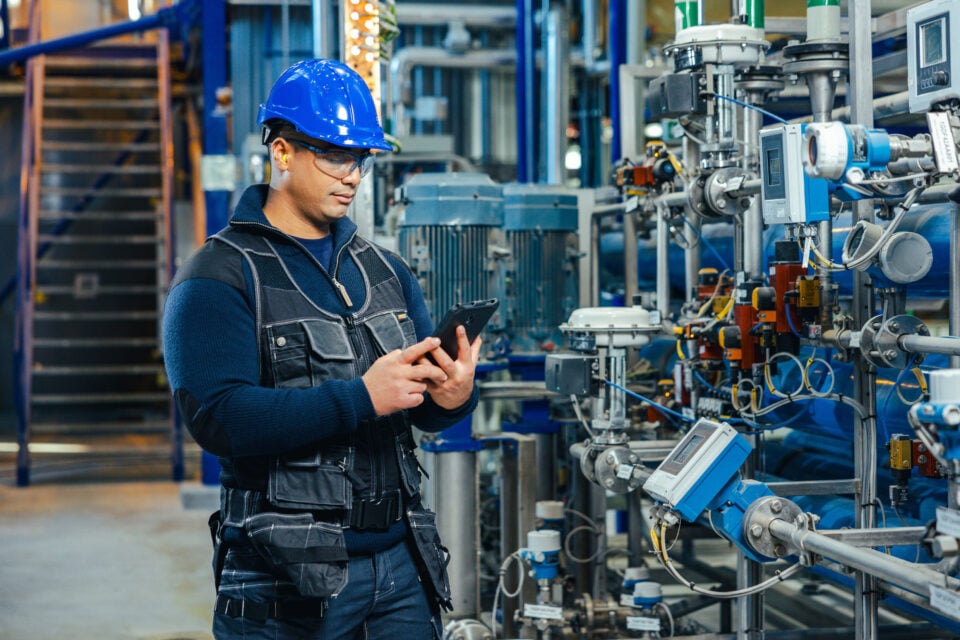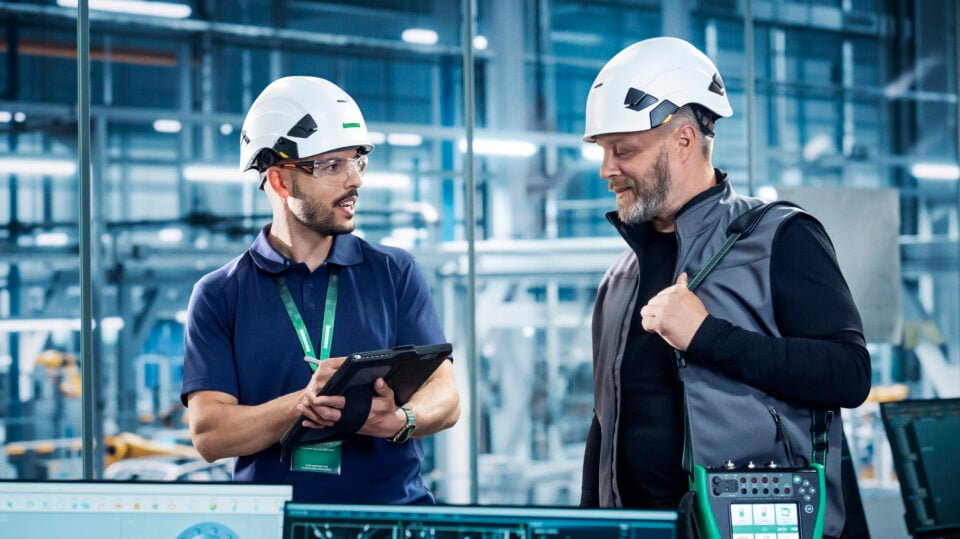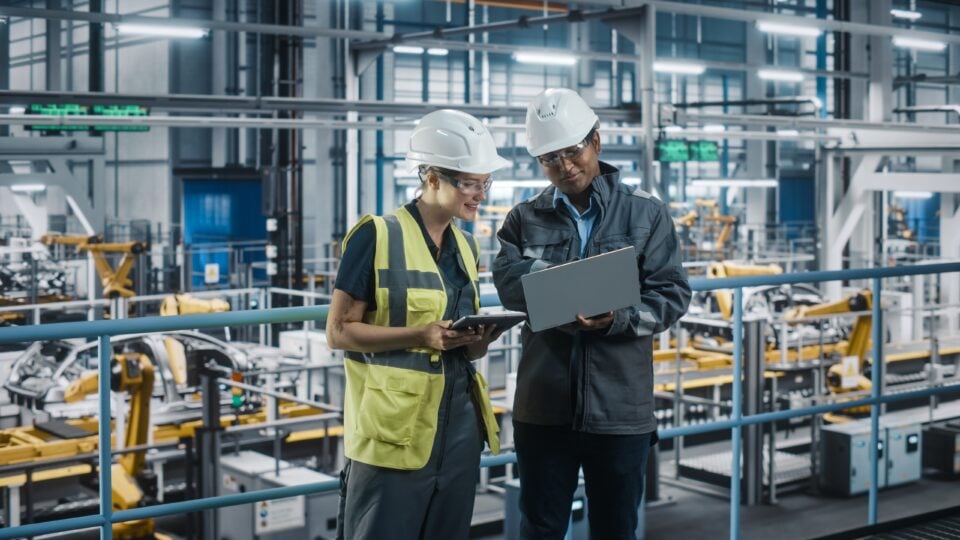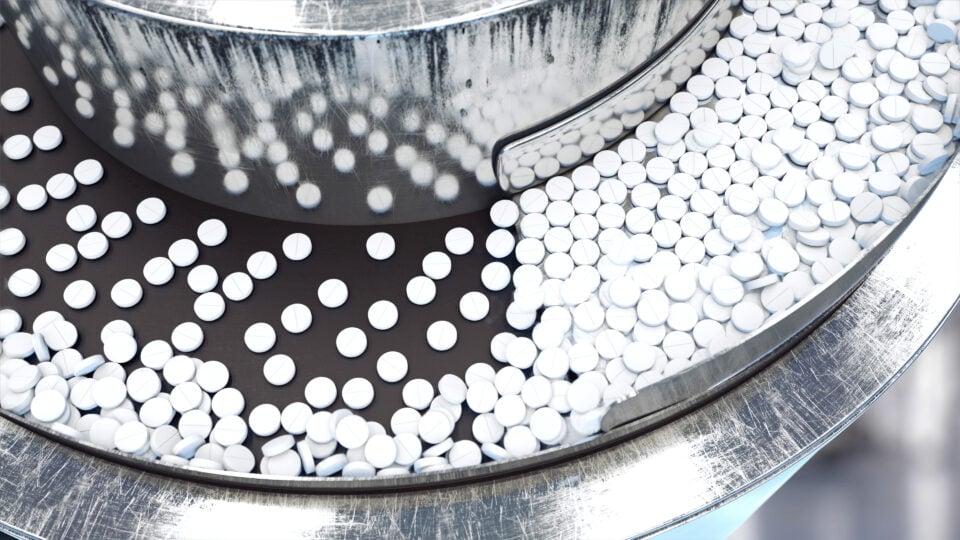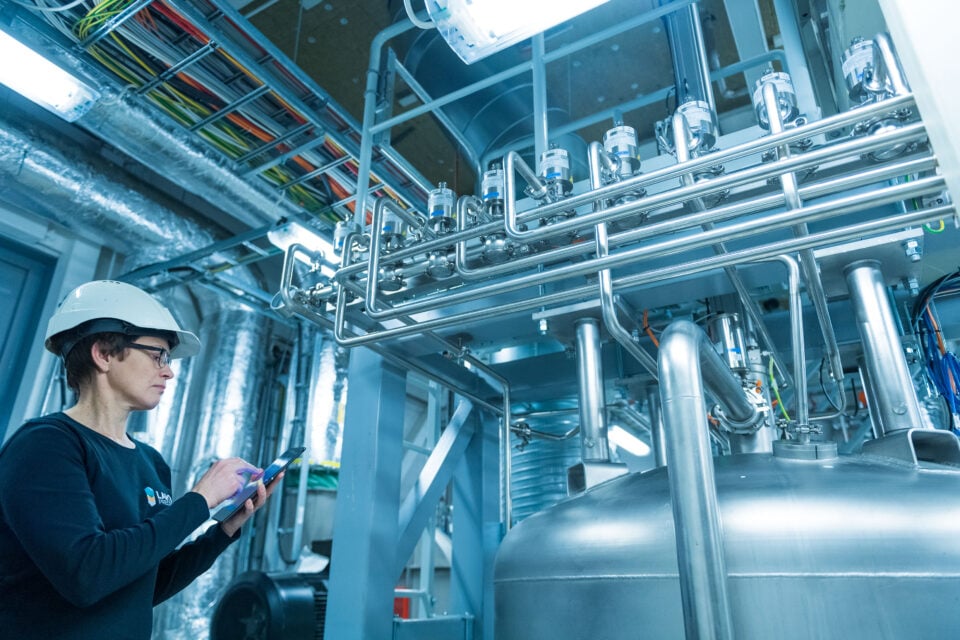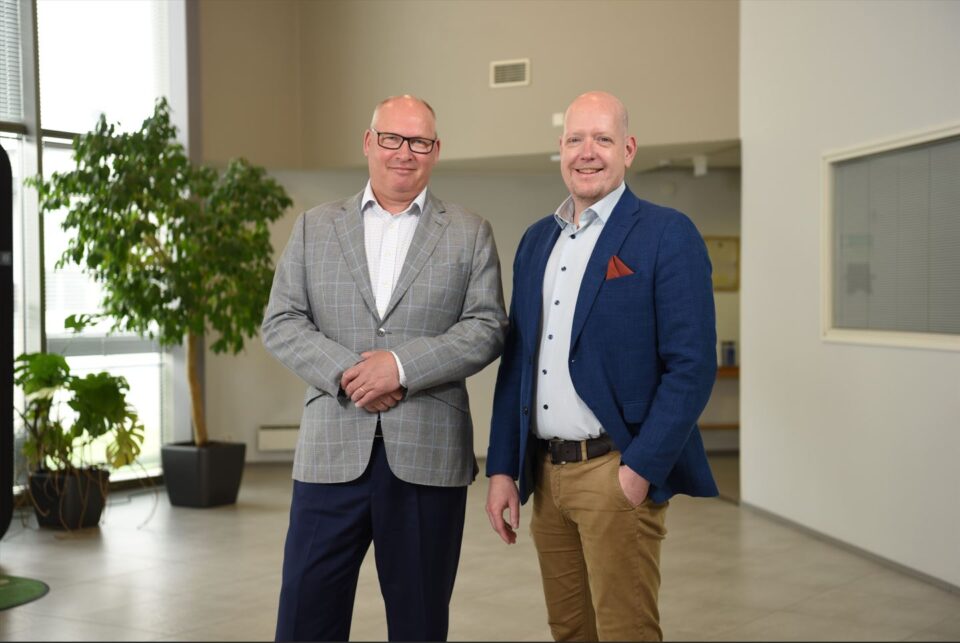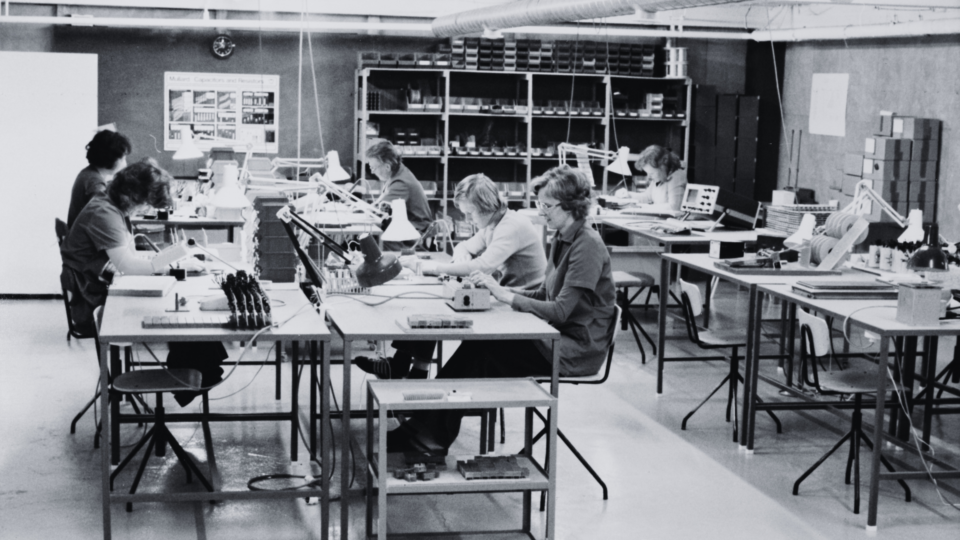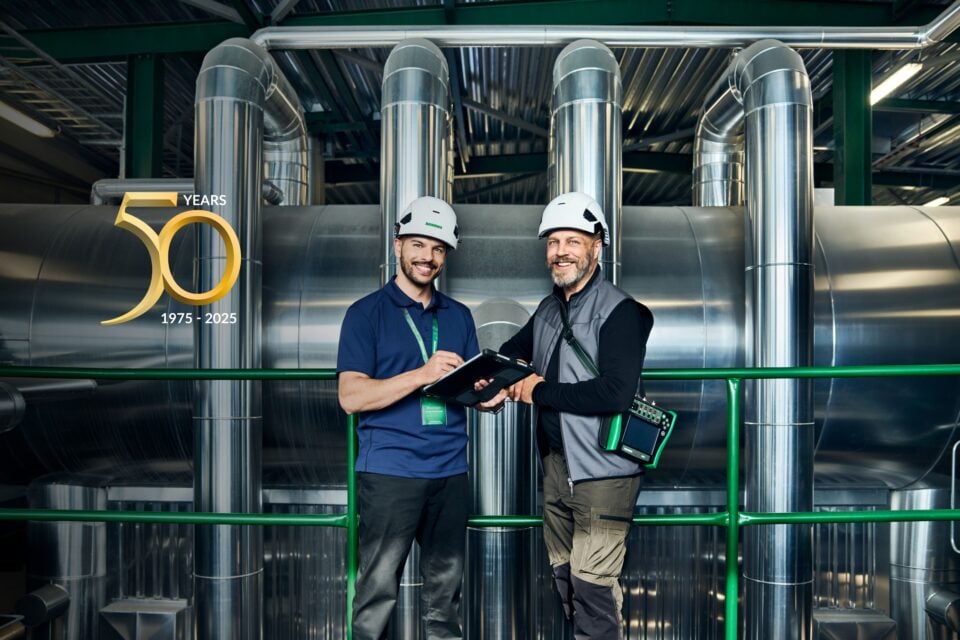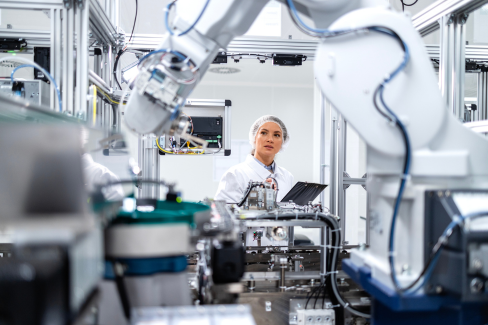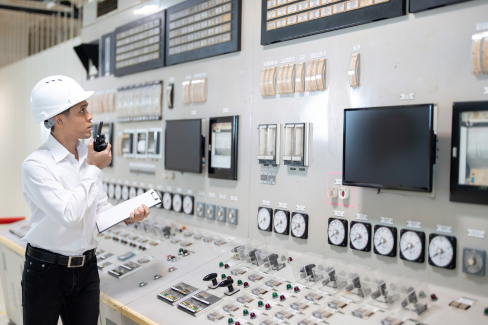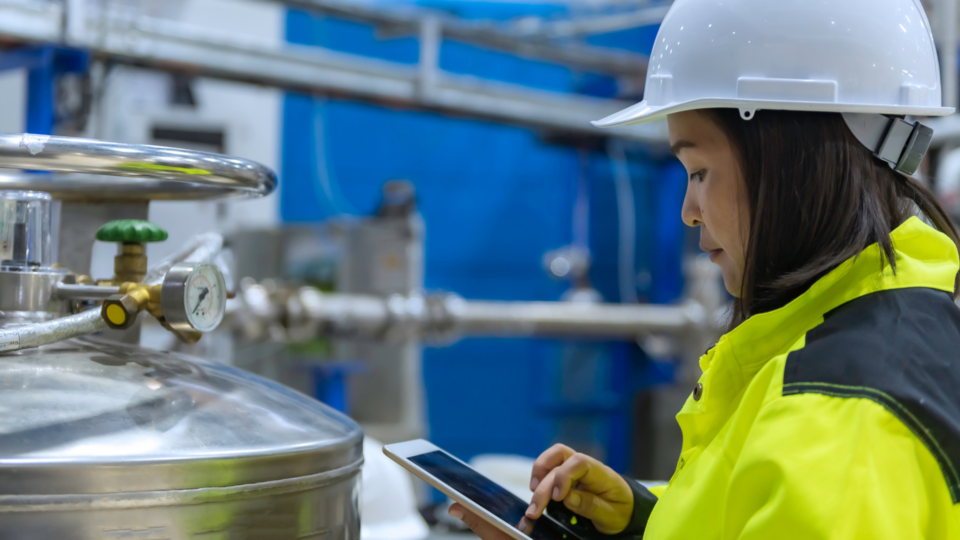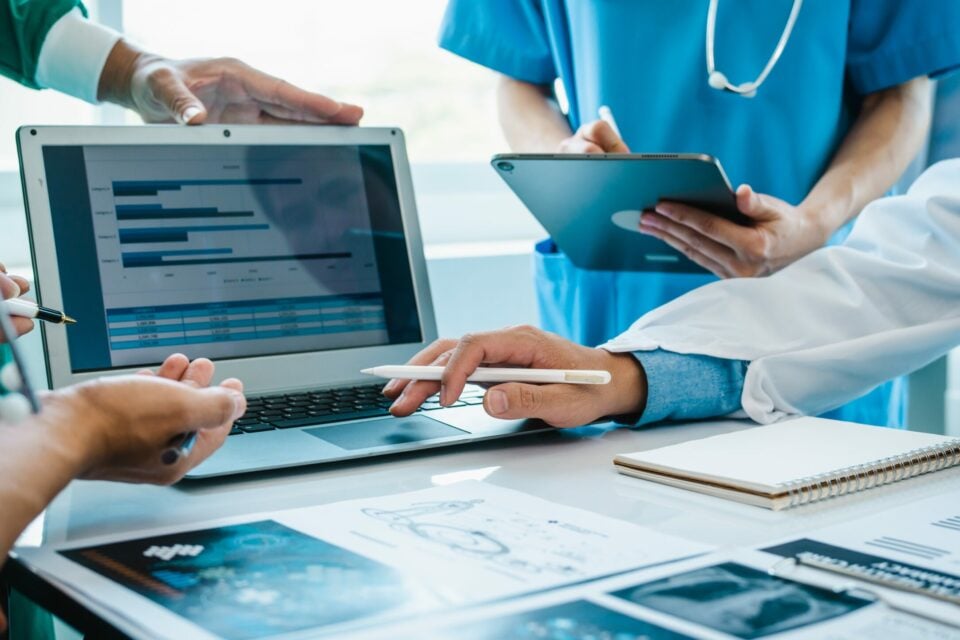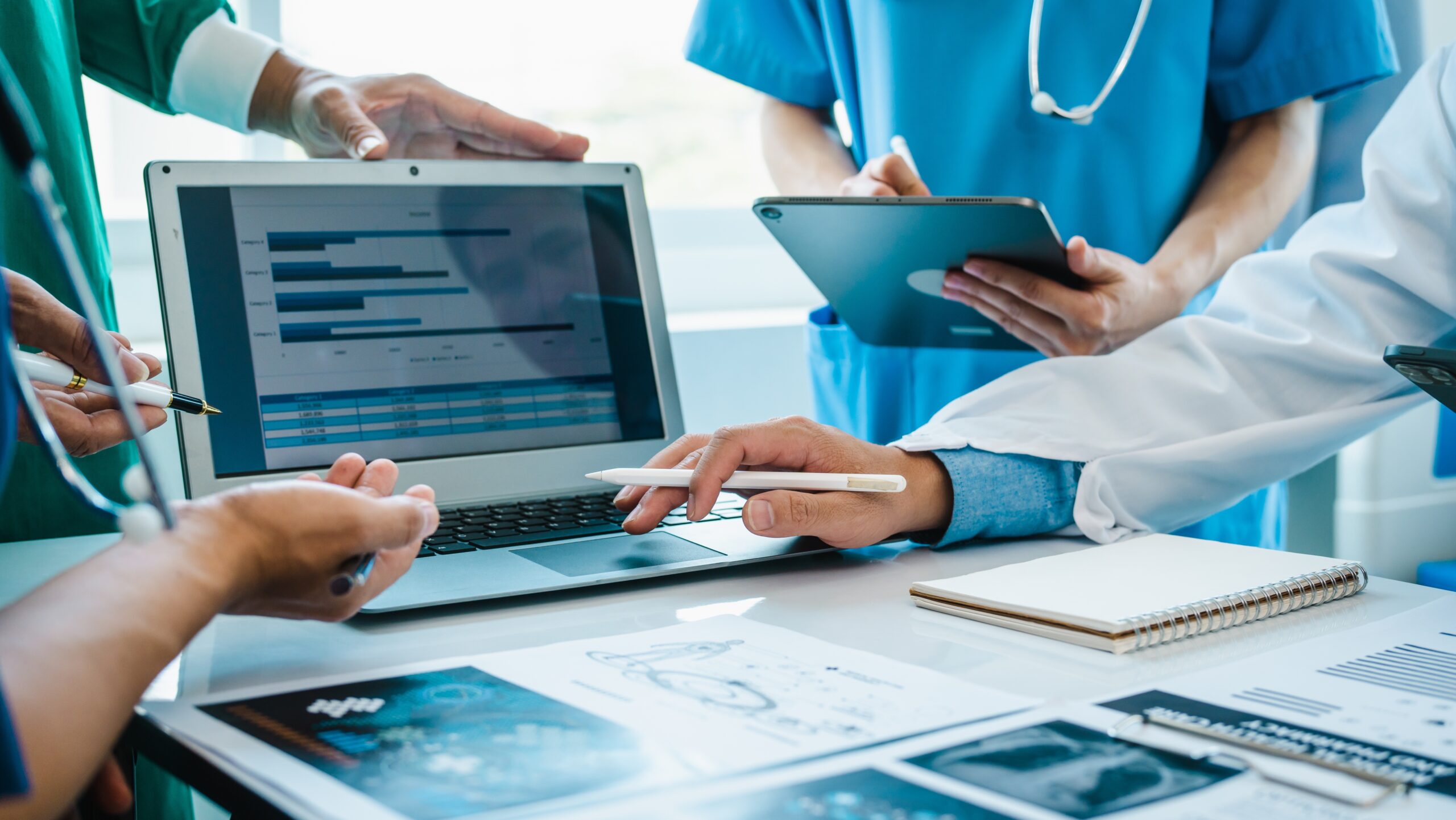
What if our body could create its own medication?
Sami Koskinen, Director of Digital Transformation, Beamex
I have extensive experience working with the pharmaceutical industry and have seen many innovative ideas over the years. Yet, the concept of a body capable of producing its own medicine was something that took me by surprise – and in a good way.
This is the premise behind the REACT programme being run by the Advanced Research Projects Agency for Health (ARPA-H) in the USA. The program wants to implant bioelectronic devices in patients, creating an implantable “Living Pharmacy” that delivers therapeutic molecules on demand, enabling the body to produce its own medication tailored to a person’s biology.
In another intriguing case, biotech LyGenesis is working on growing a new liver inside the human body. They conducted a human trial with a volunteer in March, where an injection of donor cells was made to turn one of their lymph nodes into a second liver. With around 50,000 people dying every year waiting for a suitable organ transplant, this could help people grow their organ replacements while reducing the risk of organ rejection.
A living pharmacy and growing new organs within the human body. This is why I love the current era of innovative healthcare. Rather than using a one-size-fits-all approach to healthcare, the likes of REACT & LyGenesis are taking us to the next big frontier of healthcare, taking the stuff of science fiction and turning it into reality.
Three ways healthcare will evolve in the near future
The COVID-19 pandemic showed us that rapid medical breakthroughs are possible when the right conditions – funding, global collaboration, and urgency – are met. Now, with AI, robotics, gene editing, and biotechnology entering the scene, the healthcare industry is poised for dramatic change. While I’m excited about the potential of these healthcare innovations, data quality remains a worry. As an engineer working in calibration, I see it playing a big role in dispelling that worry. Here are three healthcare innovations, backed by calibration, that I see coming true in the near future:
1. Personalised medicine and subscription healthcare
Similar to the ARPA-H and LyGenesis examples, several ongoing projects promise to make personalised precision medicine mainstream. I see a scenario emerging where these healthcare providers create personalised healthcare programmes tailored to an individual’s genetics, blood and body type. AI and wearable medical trackers will enable predictive healthcare, alerting them to possible risk factors. These personalised healthcare services will be offered as subscriptions, allowing people to access personalised consultation, medication, and therapies. Imagine Spotify Wrapped but for healthcare. When you think of the “Living Pharmacy” or the idea of growing organs within the body, the success of these innovations depends on precise measurements and data integrity. Implantable bioelectronic devices must deliver medication with pinpoint accuracy, a task that requires the exact calibration of sensors and delivery systems. Calibration is one way to ensure that these devices respond to patient needs correctly, reducing the risk of over- or under-dosing.
2. Filling the care skills gap with MedTech
Faced with a shortage of skilled professionals, I predict the use of robotic technologies to fill the gaps. Take Finland. To meet our labour shortage, we will need 200,000 new health and social care workers by 2030, to keep up our nation’s high quality of healthcare. A seemingly impossible target, and one which will not be helped by the current round of healthcare budget cuts. Technology could help ease the load. In 2023, we had Välkky, an advanced care robot successfully performing nursing tasks at Laakso Hospital in Helsinki. I see more such robots entering global use, helping reduce gaps in patient care. Like other medical devices, these medical robots must meet strict regulatory requirements to ensure safety. Calibrating them to validate the diagnostic tools these robots use will ensure accurate readings, correct diagnosis and proper treatment planning. Healthcare facilities could use predictive technologies in combination, anticipating when a robot might need maintenance or recalibration, ensuring their robotic workforce never tires in its quest to offer quality patient care.
3. Bringing care closer to patients
Another key trend I see taking off is bringing care closer to patients, eliminating unequal access to healthcare. AI and predictive healthcare will help healthcare managers spot health and welfare trends in a district and allocate resources more effectively. Here, calibration will play a key role in maintaining this data’s accuracy and integrity, whether gathered through wearable devices, mobile health units, or remote monitoring systems. This will allow them to eliminate inequalities in healthcare while treating emerging problems at their source. Hospitals will play a bigger role as healthcare hubs, using AI and robots to treat more people while offering personalised healthcare. They may even manufacture precision medication on their premises, reducing the supply and price problems seen in the US healthcare network. Calibration will play a crucial role in maintaining the accuracy and reliability of the production process, ensuring precise measurements, controlled environments, and strict quality control for each batch of medicine.
The key is data
During my conversations with healthcare executives, the concern is always – how can we ensure that data is accurate and representative?
From the technological point of view, process industries like pharmaceuticals, chemicals, and biotechnology share common ground with healthcare in their reliance on accurate data. Calibration ensures that equipment in these industries, from manufacturing lines to quality control instruments, operates within specified parameters. The next challenge is to ensure better representation. Most clinical research has focused on men of European origin, leading to biased data and potentially reducing the effectiveness of medical advances. To address this, clinical trials should include participants from various genders, ethnicities, ages, and socioeconomic backgrounds. Greater diversity leads to more accurate and inclusive results.
Second, we need global data ecosystems to promote better representation. This allows healthcare stakeholders worldwide to share data and ensure it represents the global population. Finally, these data ecosystems must have robust sharing mechanisms to ensure ethical and secure data collection, facilitating cross-border clinical trials and research. Transparent digital instruments (like the Digital Calibration Certificate or DCC) and industry-wide standards will be key in helping stakeholders protect patient data and trade secrets.
If we get this right, healthcare has a promising future. Otherwise, these projects risk remaining mere pilot studies. The choice is ours—let’s work together to ensure these innovations succeed.
You might also find interesting
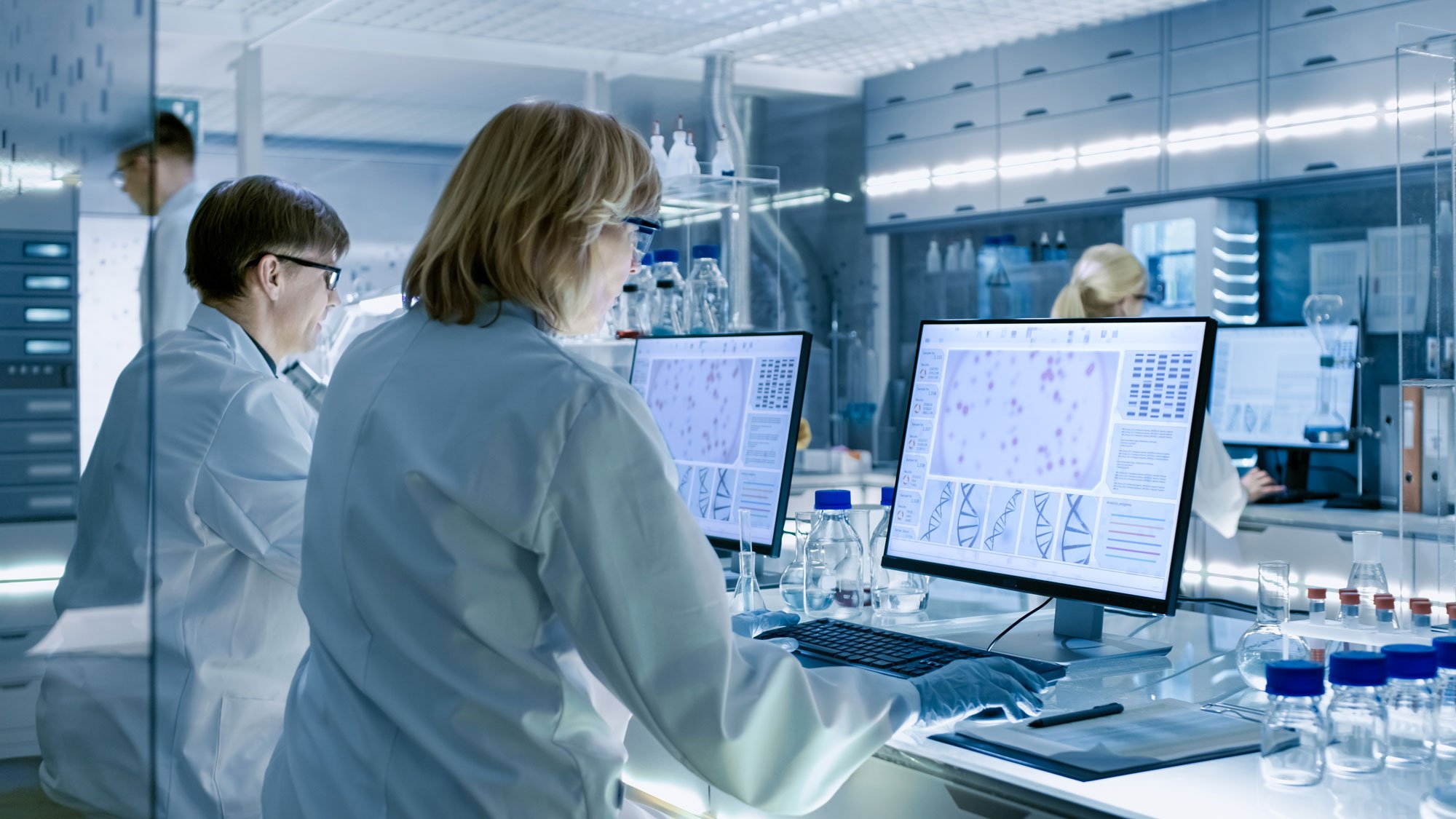
For a safer and less uncertain world
Welcome to our series of topical articles where we discuss the impact that accurate measurement and calibration has on the world and our everyday lives.
